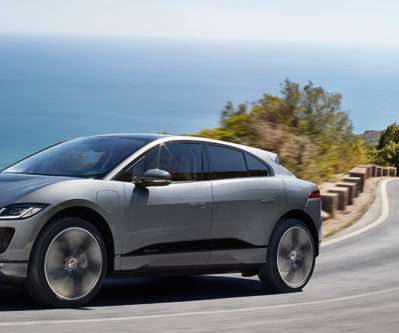Study Concludes Warming Climate Will Increase Ozone Levels in Major California Air Basins; Climate Change and Regional Air Quality Are Intertwined Problems
Green Car Congress
JULY 22, 2010
Illustration of projected ozone changes in the South Coast region due to climate change in 2050. Areas in orange and red could see ozone concentrations elevated by 9 to 18 parts per billion. We already know that climate change will bring us increased forest fires, shorter winters, hotter summers and impact our water supply.






























Let's personalize your content